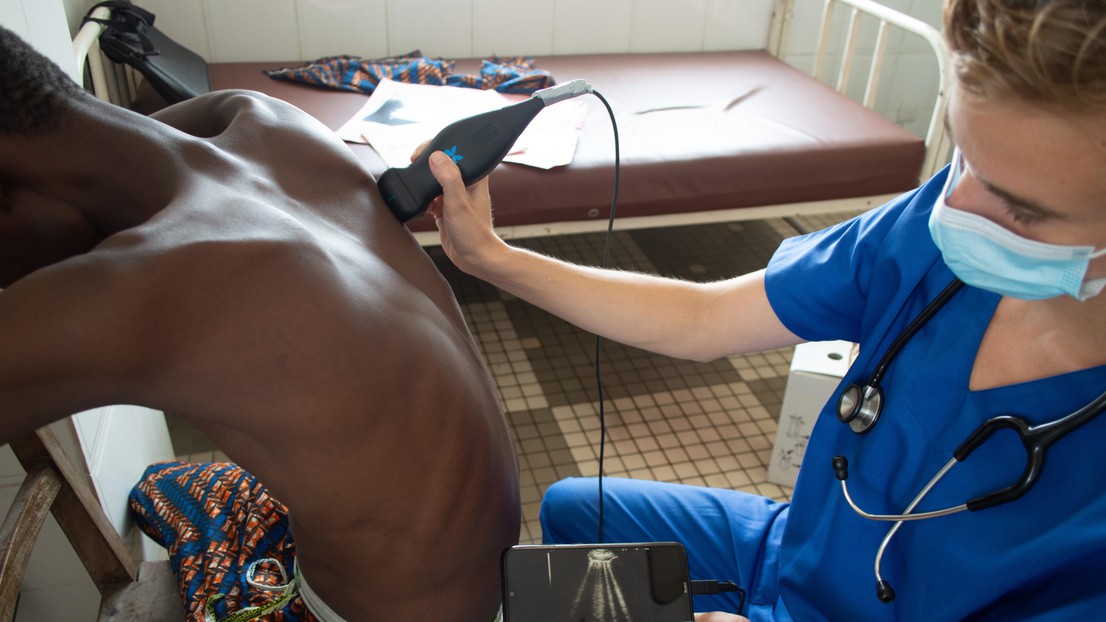2025-06-05 インペリアル・カレッジ・ロンドン(ICL)
<関連情報>
- https://www.imperial.ac.uk/news/264618/poor-backgrounds-leave-lifelong-accelerated-ageing/
- https://www.thelancet.com/journals/EBIOM/article/PIIS2352-3964(25)00237-3/fulltext
ヨーロッパの子どもたちにおけるコルチゾール産生およびテロメア長と家庭の豊かさとの関連性 Associations of family affluence with cortisol production and telomere length in European children
Kendal Marston ∙ Chung-Ho E. Lau ∙ Sandra Andrusaityte ∙ Sunil Bhopal ∙ Regina Grazuleviciene ∙ Kristine Bjerve Gutzkow ∙ et al.
eBioMedicine Published:June 5, 2025
DOI:https://doi.org/10.1016/j.ebiom.2025.105793

Summary
Background
Shorter telomere length is associated with environmental stressors and has been proposed to underlie health inequalities in ageing trajectories. However, the relationship between socioeconomic position, psychosocial stress and telomere length is understudied in childhood, when ageing trajectories may be first defined. We aimed to examine the associations between family affluence, cortisol production and telomere length in a large cross-sectional study of European children.
Methods
1160 children, aged 5–12 years, participating in the Human Early Life Exposome (HELIX) project, were recruited from cohorts in the UK, France, Spain, Norway, Lithuania, and Greece. Family material wealth was assessed using the international family affluence scale (FAS), psychosocial stress was defined by total urinary cortisol production, and leucocyte telomere length was measured through qPCR. Associations of FAS with cortisol production and telomere length were analysed using sequentially adjusted multivariable linear regression. The mediating role of cortisol production in the association between FAS and telomere length was examined using natural effects models.
Findings
Compared to children of low FAS, children with high FAS had 4.94% (95% CI: 1.2%, 8.8%) longer telomeres after adjustment for sex, age, ethnicity and cohort. Estimates were similar upon further adjustment for perinatal, child health, and other socioeconomic factors. Additionally, children of medium and high FAS had significantly lower levels of cortisol production than children of low FAS (medium FAS: -20.8%, 95% CI: -31%, -8.5%; high FAS: -16.6% SD, 95% CI: -28%, -3.4%). However, cortisol production was not associated with telomere length, and no significant mediation of cortisol production and other tested mediators was found for the relationship between FAS and telomere length.
Interpretation
The impacts of economic disadvantage are biologically observable in children and have implications for understanding health inequalities, both in child development and the onset of later age-related disease. Given the lack of mediation by cortisol production levels, as assessed via spot urine samples, further research should investigate alternative mechanisms underlying the association between affluence and telomere length.
Funding
UK Research and Innovation (Grants: MR/S03532X/1, MR/Y02012X/1), European Community (Grants: 874583, 308333).


